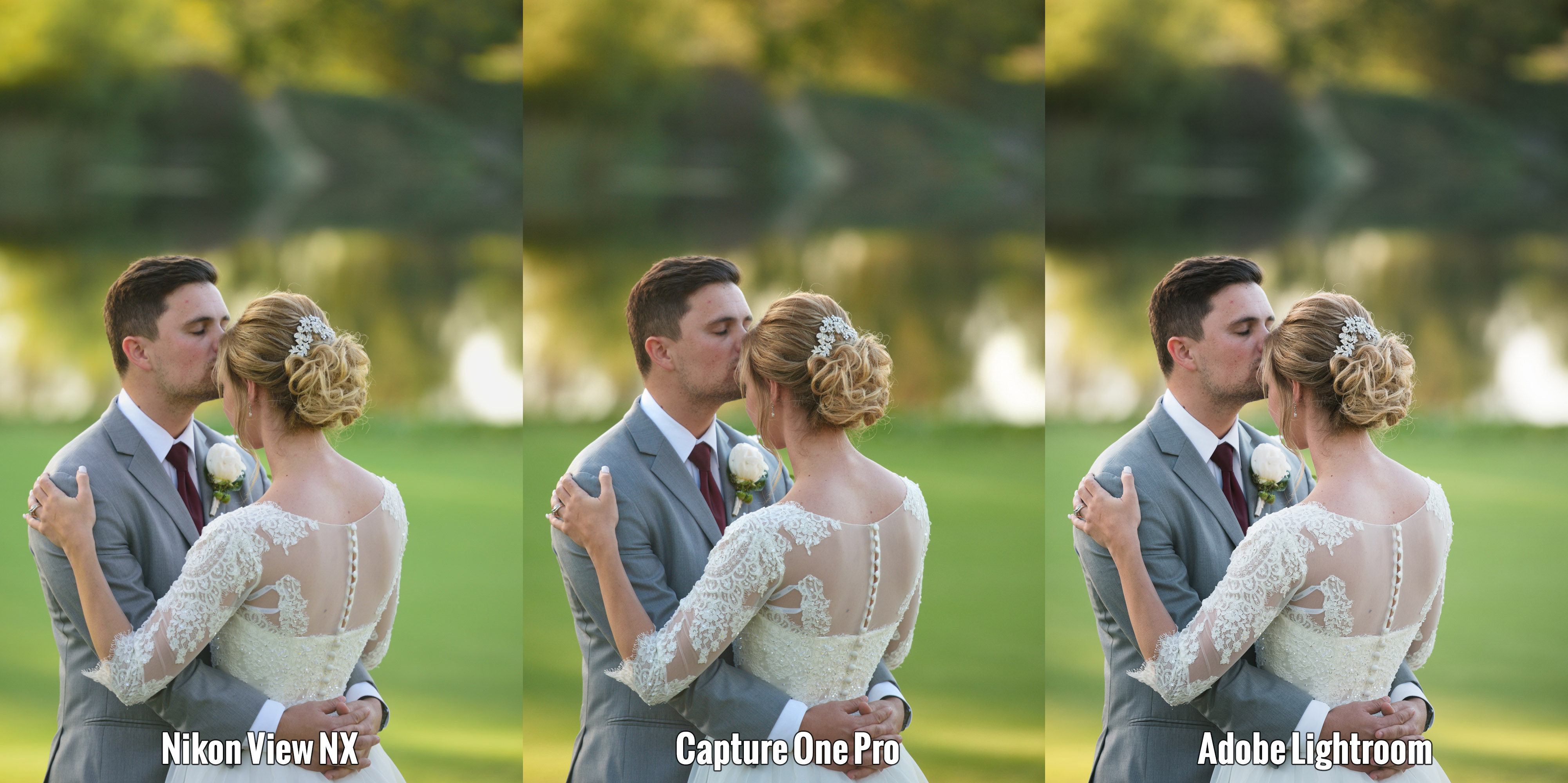-
Term: RAW File Format
Description: Raw image files, labeled as RAW on most cameras, are image files which preserve image data in its most un-edited state from the sensor. Most camera manufacturers uses their own proprietary raw file format, such as Canon's .CR2, Nikon's .NEF, and Sony's .ARW. Adobe also has created a more universal raw file format, .DNG, (digital negative) which is offered in a select few cameras. Raw images, since they are files that simply contain un-edited data, can only be viewed by software that is able to interpret that raw data, and determine settings such as white balance.
Raw File Format

Fun fact about RAW: the icon “RAW” on your camera is not an acronym like JPG, TIF, or ARW. The capital letters are used by camera makers simply for clear viewing on your camera’s LCD display. Therefore, writing “raw” in lower-case letters is proper. However, many photographers will write “RAW” in caps out of habit.
What is a Raw image file
Raw images are image data that is recorded directly from a camera sensor. “The image data, the whole image data, and nothing but the image data”. Technically speaking, raw data does not constitute an actual image in the same way that a standard JPG or PNG image does, it is simply an information file that must be interpreted by an application that is capable of reading the raw data.

Raw editing software
For this reason, each program that is capable of reading a raw file may or may not interpret the raw image data differently, which can result in very visible differences in the appearance of the image.
Each camera manufacturer that offers a raw format has its own applications that are created specifically to interpret their cameras’ raw image data. Some examples include Nikon’s View NX and Capture NX programs, Canon’s DPP (Digital Photo Professional) program, and Sony’s Imaging Edge software.

The biggest market for raw processing software is the third-party market, however, with Adobe’s Camera Raw which is available in nearly identical forms in Adobe Photoshop, Adobe Bridge, and Adobe Lightroom. (All three of these programs use the same raw “engine” to interpret raw files) Numerous other applications offer raw processing, however, including Capture One Pro, Affinity Photo, On1 Photo RAW,

One benefit of using a third-party raw processing program is that the program is capable of editing raw images from almost every camera that offers a raw format. (Whereas, camera companies’ own software is usually only capable of reading its own cameras’ raw files.) There are numerous other benefits to using a third-party raw application as well, including potentially better image quality, as well as a more efficient overall workflow and long-term archival / cataloging process.
Raw versus JPG
The main benefit of capturing photographs in an un-edited form, as opposed to an edited, finalized form such as JPG which could be easily printed or shared on social media without any processing, is this: raw files can withstand considerable processing and show no signs of image quality loss. Also, the raw processing itself is considered non-destructive editing, which means that all adjustments are not actually applied to the raw file itself, they are merely changes to the interpretation of the raw data within the raw editing “engine” and are only finalized when the raw file is saved or exported as another type of file such as .JPG or .TIF.
By comparison, a JPG image is a compressed file, with fixed values for color and tone. Therefore, any large adjustments to a JPG file will create a noticeable loss of image quality. TIF files are similar in that each pixel starts off as a fixed color and tone, however TIF (and PSD) images have far less (or zero) file compression applied and can therefore withstand major adjustments with less visible quality loss than a JPG file.
Adobe DNG raw format
Adobe Inc has created their own raw file format, .DNG (digital negative) which is a universal raw file format with an open standard that any camera company could use, if they desired. Raw files of other formats can also be converted to DNG as well, which can offer benefits in editing, storage, and long-term workflow.
Related Articles to Raw File Format Definition
RAW vs. DNG – A Practical Overview of the Differences
In this video, we are going to talk through some of these practical uses for XMP, as well as show you how to save and pass them back and forth so that you can know how to use XMP Sidecar Files whenever it is necessary to aid your workflow.
A-Z Guide to Newborn Photos at Home
Welcoming a newborn into the family is a momentous occasion. Those initial days when babies have their unique newborn look…
Shooting with a Flat Picture Style for Better Exposure Information | Exposure Triangle, Pt. 4
We’ve teamed up with Adorama to bring you a series of photography tutorials called “Master Your Craft” to be featured on their YouTube Channel….
How to Get Correct Exposure in Photography | Exposure Triangle, Pt. 3
What’s the difference between the histogram and the highlight alert and how can they help you get correct exposure? Find out here.
What Is Adobe Lightroom And Who Is It For?
With a name like “Adobe Photoshop Lightroom Creative Cloud Classic”, I feel we must explain exactly what it is that we’re using to process our photos.
Adobe Camera Raw Vs Lightroom | The Difference, Advantages & Disadvantages
Know when and why to use which.
Camera Raw & Lightroom Tips | The Underrated & Underutilized ‘Snapshots’ Feature
A star player hiding on the bench.
Aiming For Lightroom Users, Luminar 2018 Brings New Features, User Interface, Now For Windows
With Adobe confusing their user base with oddly chosen, ominous sounding name changes and eyebrow-raising new products, more and more…




Get Connected!